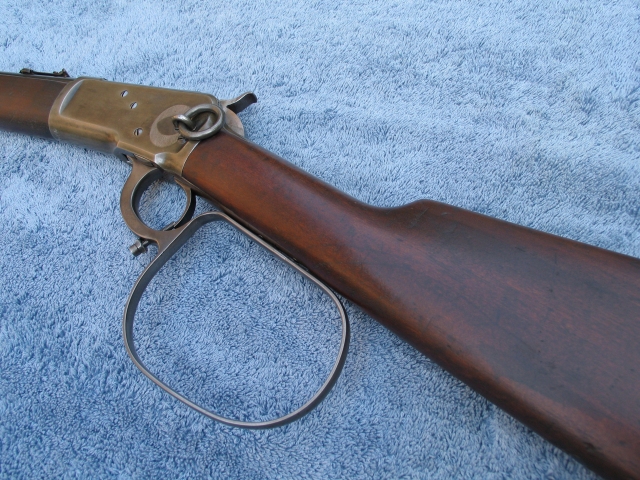I remember reading that the Winchester could be considered the first assault rifle, but post Civil War doctrinal decisions prevented general adoption of repeating rifles, or in this case, carbines.
The tools were there, assuming you could manoeuvre a Gatling, or two, into position, though the next generation of heavy machine guns would seem to resolve that.
I think rifled musketry overshadowed weight of firepower, and logistics, in that quartermasters had to consider how much ammunition troops could drag along, and could be resupplied with. And apparently, cartridges aren't cheap.
A little gimmickry could make the lever action increase the rate of fire.
In terms of culture, once humanity headed out to the stars, I tend to think the ArmaLite would be the most likely choice for pioneers and settlers, so would be the most iconic gun that would be remembered from this period of expansion, compounded by the fact that thirty five centuries later, it's still pretty effective as at a minimum, paramilitary weapon, relatively cheap compared to alternatives, and lends itself to a great deal of customization.
The Clash, would have represented a frozen design, with a semi/full automatic mechanism, so lever action doesn't fit in that aesthetic, nor originating era, or even geographic area.
On the other hand, at technological level five, a Winchester wouldn't even be considered close to a paramilitary weapon, and if you can keep most combat ranged, using the same cartridge, isn't going to make that much of a difference against assault rifles, and against the default, could outrange them.
As regards the handgun receiver, you trade cost against increased recoil.
And weight: considering how dependent the furniture is on the receiver, I think the end result would be pretty skeletal.



